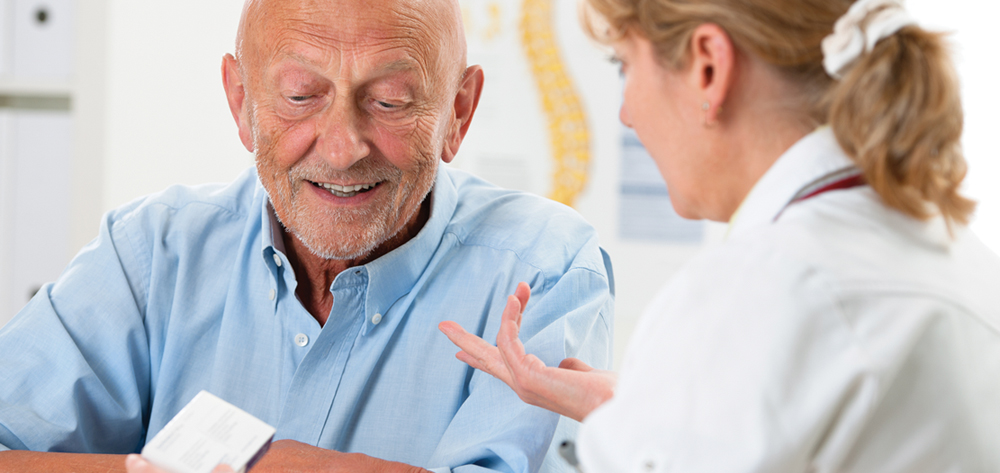Patients who are cancer survivors may require education on a wide variety of topics, from nutrition to long-term follow-up needs. It’s vital that nurses ensure patients understand the in-formation they are given. One useful technique is teach-back.
What is teach-back?
Here’s how teach-back works: Ask the patient to explain the information you’ve just presented, so you can confirm if he or she comprehends it.
For instance, you know that it’s important for patients to complete their full course of therapy. One reason they may not complete therapy is difficulty with side effects. You may have to work with patients to ensure they can manage these effects.
If you’ve just taught a patient strategies she can use to manage fatigue, ask an open-ended question or make a statement that implicitly asks for a response; for instance: “Tell me which ideas you plan to try.” Based on the patient’s response, you can determine whether she understands the information or needs further teaching.
Break up information into smaller chunks to make it easier for patients to learn the material. One continuous hour of teaching is a large block of time for someone to absorb and retain information. Also be aware that “chemo brain,” which refers to such cognitive changes as poor memory after cancer treatment, can affect ability to learn.
For the most effective education, hold teach-back sessions as soon as the patient’s learning needs are identified. For instance, if a patient needs to complete one year of therapy on a treatment, it’s important to discuss the treatment plan and goals up front to en-sure the patient understands. To maximize effectiveness, also follow the guidelines below.
Encourage family presence
Be aware that family presence is crucial for interactive learning and asking good questions. The more people who ask questions and remember what they’ve learned, the better off the patient is. Giving family members the information they need to help a loved one is essential to effective care. Of course, it’s the patient’s choice as to which family members or friends to include.
Make it hands-on
Hands-on teaching is a key aspect of the teach-back method. Say, for instance, you’re focusing on using a pillbox to prepare a week’s supply of your patient’s medications. Have the patient fill the box, rather than simply tell him about it. Another example: when explaining the treatment schedule for a patient who is taking or receiving cancer therapy, you could provide a calendar of scheduled treatments the patient can mark off as they are completed.
Assess baseline knowledge
You can use the teach-back method to evaluate the patient’s baseline knowledge of a topic and determine what other providers have already taught. Patients may tune out if they already have a good understanding of the topic at hand. Start by asking what the patient already knows to help determine if you need to review the basics. If the patient already understands the basics, move on to more complex information.
Schedule sessions in advance
Schedule teach-back sessions at a time that’s convenient for the patient, rather than on the spur of the moment. This helps ensure the patient will be alert and mentally prepared when you arrive. Also, it means a family member is more likely to be present. Finally, tell patients at the beginning of the session that you’ll be asking questions. If they know they’ll be quizzed, they may be more attentive.
Improving quality of life
Using teach-back helps ensure cancer survivors understand what they are learning so they can apply the information to improve their quality of life.
To learn more about the teach-back method, download this file at the NC Program on Health Literacy website: www.nchealthliteracy.org/toolkit/tool5.pdf.
The authors work at the Washington Regional Medical Center in Fayetteville, Arkansas. Melanie Haney is the assistant director of cardiology/progressive care. Jessica Shepherd is a cardiology/progressive care staff nurse and clinical coordinator.


















